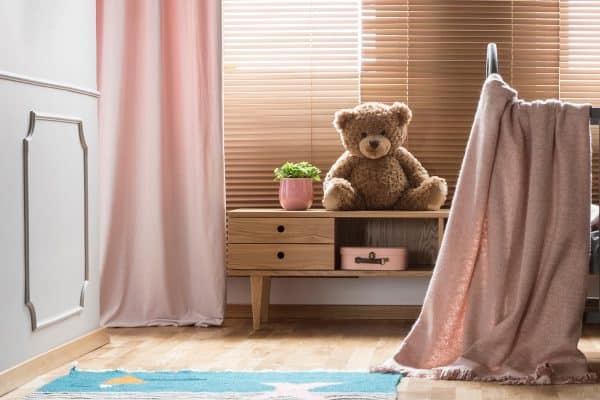We all know certain fabrics used as window treatments are designed to block or filter natural light. However, do blackout curtains also keep heat out? Read on to learn what we have found out about blackout curtain fabrics.
Blackout fabrics are made of tightly woven materials such as polyester or nylon lined with lightweight foam. They reduce the amount of heat entering a room by as much as 25% and can generally lower your energy costs.
Curtains are used not only for aesthetic purposes but also for their practicality and functionality. In this article, we will talk about blackout fabrics, their uses and benefits, and the ways you can make your own.
What Are Blackout Curtains?

Here is a brief explanation of blackout curtains' history, fabric linings, and manufacturing process.
History
Blackout curtains have a dark yet fairly interesting history since they were actually used as a blanket to hide countless cities in Northern Europe.
The fabrics were first introduced in the midst of the Second World War. During this time, the British government had to impose mandatory nationwide blackouts to protect cities against the axis forces' nighttime air raids.
Authorities provided each household with black cotton fabrics which were used to cover windows and doors and conceal the light coming from houses. By doing so, various regions were obscured from the views of several bomber planes, and countless families were saved.
Through the years, the function of blackout fabrics evolved into advantageous and practical uses.
Manufacture
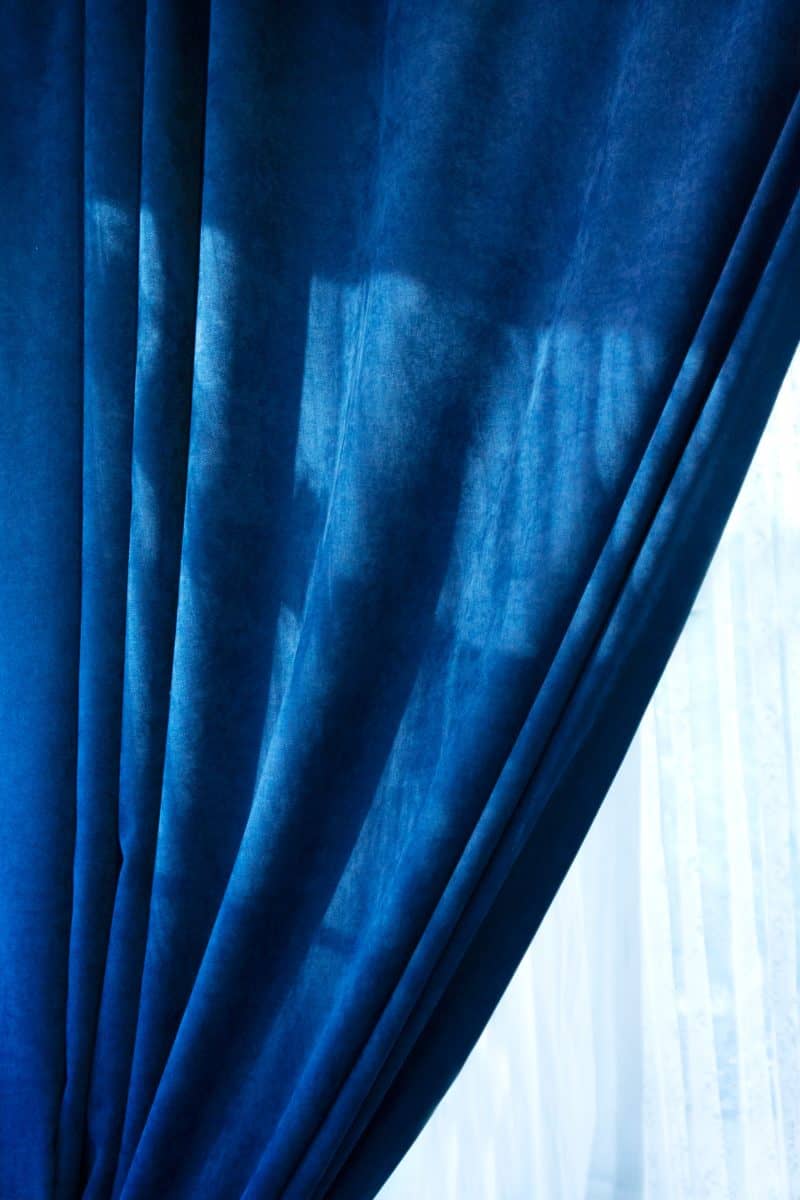
Blackout curtains are made of tightly woven suede and velvet base fabrics coated with multiple layers of foam. The coating thickness determines the capacity of the material to block light and regulate heat.
To illustrate, a curtain with a two-pass blackout lining is manufactured by coating the base fabric with a black opaque liquid substance, then spraying the material with white acrylic foam. The window covering is relatively lightweight, can keep heat out of the house, and can block 100% of light.
On the other hand, a three-pass fabric is thicker and heavier since it is manufactured with three layered coats, and as such, the material is better at regulating temperatures and absorbing sounds.
Put simply, blackout curtains are made with thermal insulation layers that actually help control temperature. You can easily save around 25% on your electric bills.
Materials And Colors
We all think that "blackout" refers to the color of the fabric, but it actually means the effect of the curtain. They are available in various shades, colors, and materials that will easily complement the room's design.
Apart from this, the general material is not limited to curtains since they can be purchased as blinds, shades, and drapes – all have distinct or varying levels of opacity and capacity to regulate heat. It is however important to note that these options are ideal to use on small windows because of their sizes.
Linings
Blackout linings are made of polyester, cotton, wool, or nylon fabrics sewed on the back of regular curtains to maintain the same blackout effect.
Since the window treatment is lined with multiple layers of heavy and thick fabrics, the materials act as coverings that insulate your home by absorbing heat, and as such, they are fairly capable of regulating room temperatures.
It is however important to note that blackout linings differ in function and affects the curtain's overall appearance depending on the specific material you use. For instance, thermal-lined fabrics are better at trapping heat, however, the material may not block 100% of natural light.
Blackout-lined curtains are made with heavier and thicker polyester fabric that will give your drapes a more rigid look while foam-backed window coverings are relatively made of lightweight materials that retain the figure's pleated design.
Check out NICETOWN White Blackout Liner on Amazon.
Benefits Of Blackout Curtains
Blackout curtain fabrics basically provide three advantages: block out light, dampen sound, and regulate room temperature.
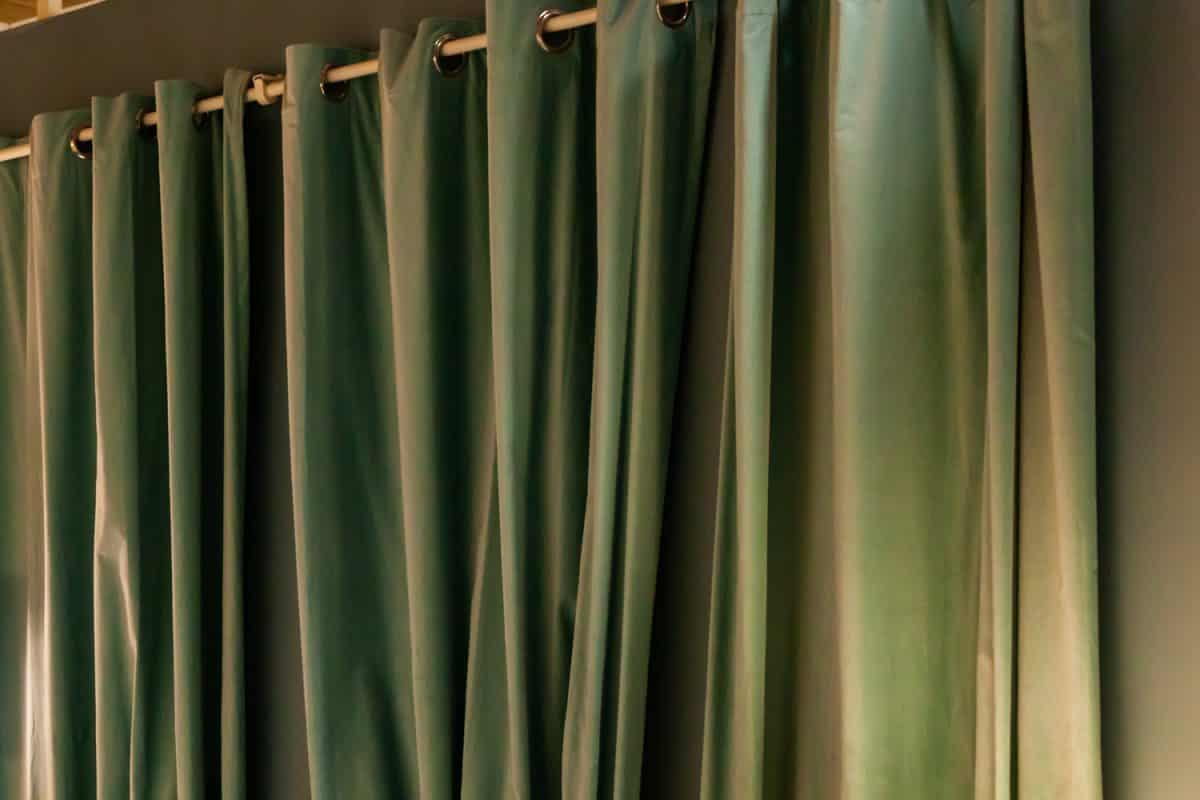
Block Out Light
Given its history, blackout curtains are window coverings specifically designed to block out natural light. They are best installed in bedrooms and theater rooms, however, they can be used in almost all areas inside your home.
Dampen Sound
Because of the curtain's thick fabric, the material can easily dampen and absorb sound. That being said, these drapes can also be used in home offices and business departments.
Regulate Room Temperature
Blackout curtains are fairly capable of regulating room temperatures. Since they are made with layers of linings, the fabrics function as an insulating material that generally keeps heat out of the room throughout the summer months, and the opposite is true during winter.
What Can I Use Instead Of Blackout Curtains?
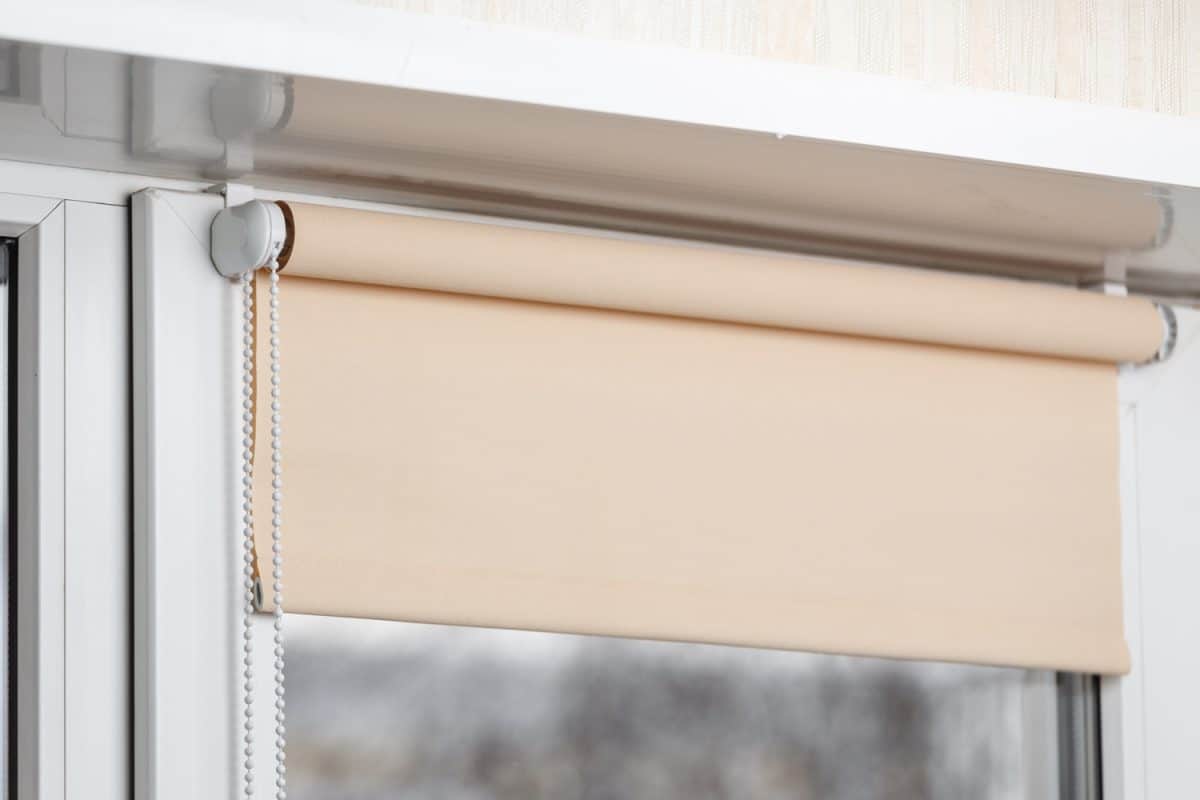
Blackout curtains are not the only window treatment option popular for their insulating properties. Here are other materials you can use:
Blackout Blinds
If your main concern is privacy and light control, then blackout blinds are the ideal option for you. Similar to blackout curtains, they are lined with fabrics that are effective in blocking and filtering natural light.
However, in order for them to regulate some amount of heat, the edges should be fitted to the window's frame.
Check out Didoya’s Blackout Window Blinds on Amazon.


Cellular Shades
Cellular shades feature a honeycomb-like structure layered in between the polyester fabrics that basically traps air and helps maintain room temperature by reducing 80% of heat. They are available in various colors and opacity levels that will easily help you with light and privacy control.
Check out BlinDecor Blackout Cellular Shades on Amazon.


DIY Blackout Curtains
Blackout curtains are proven to be quite expensive because they are made with high-quality fabrics and materials. Since this is the case, you can always transform your ordinary or regular window treatments into blackout drapes by sewing linings onto them.
Home Crafted Blackout Curtain Alternatives
Blackout curtains can easily be incorporated into your home decor by following these relatively simple ways:
Sewing
Buying a blackout curtain is not actually necessary since sewing blackout fabrics are relatively simple and more affordable.
All you have to do is to determine the specific lining dimensions you need by measuring the height and width of your curtain's regular lining. Make sure to add a 2-inch allowance on both the top and bottom edge to make room for the hem.
You can now cut the fabric and directly sew it onto the curtain material itself.
Clips and Hemming Tape
Blackout linings can easily be attached to your curtains without thread. Usually, purchasing a liner comes with clips that you can suspend with hooks without having to sew the materials together. Afterward, attach the hem tape to the sides by ironing it on.
Check out Fabric Iron-on Hem Tape on Amazon.


Paint Your Curtain
Painting your curtain is another way to achieve the same blackout effect. When choosing your paint material, make sure to combine fabric paint with traditional ones to prevent the drapes from becoming too rigid when it dries off.
Before going through with the task, remember to iron the curtains to even out the creases.
Do Dark Or Light Curtains Keep Heat Out?

Colors play an important role in a fabric's heat-regulating property. Darker materials tend to absorb more heat than light-colored ones. However, this rule does not apply to blackout curtains.
As long as the drapes are coated with multiple linings, the colors will not bear any effect on the curtain's insulating capacity.
In Closing
When it comes to selecting window treatments, consider using blackout curtains since they have several functions and advantages. We hope the article has given you information regarding the fabric's overall concept.
You might also find these topics interesting:


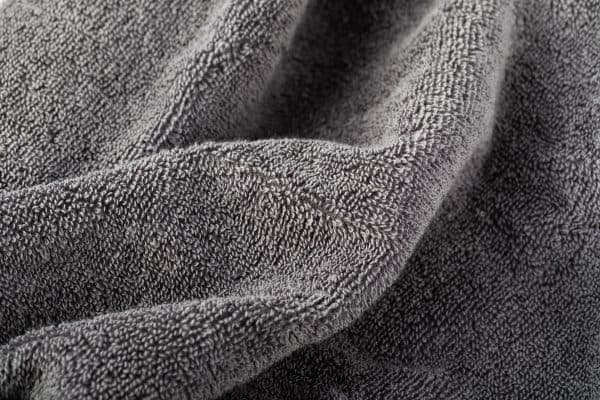
![living area in luxury apartment with a comfy sofa seats by the window, layered curtains, black out and sheer curtains, marble floor with space for household products display., Can Sheer Curtains Be Dyed [And How To]?](https://housepursuits.com/wp-content/uploads/2022/09/3D-REN1-1-600x400.jpg)
